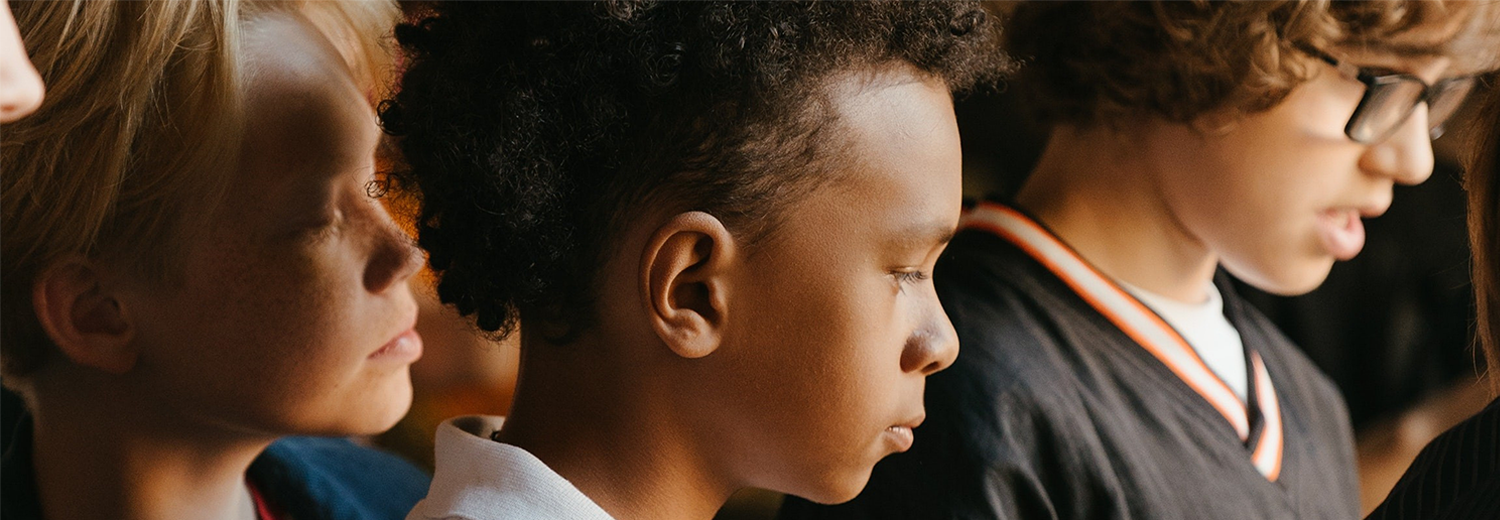
NFF Youth Blog: Masculinity and The Role of Men in Ending Gender-Based Violence

Traditional societal beliefs about the norms related to men are a topic of wide discussion and debate. Critically understanding the patterns of stereotypical masculinity and how it is reinforced among youth can help us in building capacity for a healthy relationship with oneself and others.
To begin, we must examine how ideas about masculinity are formed within a young boy and how difficult it is to 'break the norm' of a long-standing tradition. As children, we were most likely classified by gender-based norms. This is something we're all familiar with, and it has the potential to influence young minds to reinforce gender binaries. Young boys are frequently given trucks and cars, and they are taught that blue should be their favourite colour and that Barbies, the colour pink, and dressing up are exclusively for girls. The nature of the toys that boys and girls are asked to play with reflects societal expectations of their respective genders. Where girls are expected to be sensitive and nurturing, boys are expected to be aggressive and tough. This only promotes an even wider divide between young boys and girls. Having such a defined separation can lead to misunderstandings and further strengthen the gender norms we observe in society.
Societal stereotypes promote ideas about masculinity which often distort what it means to be ‘masculine’, teaching young men to avoid vulnerability and that their self-expression must be ‘manly’. Understanding that societal norms and common sexist sayings both reinforce and are a result of toxic masculinity is vital to move forward and become more inclusive and encourage healthy self-expression. A young boy who wears dresses and likes playing with dolls isn't any less of a boy than one that plays with tricks and likes sports. Many social settings for youth, including schools, reinforce traditional gender roles and promote unhealthy ideas regarding masculinity and femineity through embarrassment and isolation. Common phrases like “men don’t cry”, “stop acting like a girl”, and “that’s so gay” foster division and guide ideas of what is or isn’t acceptable to be a man. The result of sayings such as these leads to muteness in expression. Young men will be taught to hide their true selves in an attempt to fit into societal normalities.
Social media and an ever-changing media universe are two other factors that reinforce both masculine and feminine stereotypes, limiting self-expression and creativity. Social media has been a tool for communicating opinions across a variety of platforms, but it has also created and escalated many toxic standards. This includes how young men and women should dress, act, and appear when conforming to current norms. In scenarios where groups of young boys and girls adopt these standards, it can isolate people from their individuality and trap them as ‘followers’ of masculine or feminine standards reinforcing gender binaries.
While we are discussing the harmful implications of social media consumption, it is also important to understand that social media can also be empowering and a space for collective action. When we encourage all interpretations of masculinity, we create a safer environment for all humans. Youth are now utilizing social media to empower themselves and other youth to challenge many status-quo in terms of gender norms. One example of youth utilizing social media to break gender norms could be fashion. Every day we are witnessing more unisex and inclusive clothing lines and companies become mainstream due to their inclusivity and part of their success may be thanks to youth on social media. One other method that is empowering youth to challenge this status quo is acceptance and inclusivity. As a community, youth and minorities are using social media to empower others through things like transparency.
It is on us as individuals of society to unite and pursue collective action against societal ideas which are harmful in nature. Youth has the power to mobilize resources and people to bring that change which will promote self-expression, freedom and healthy relationships.
